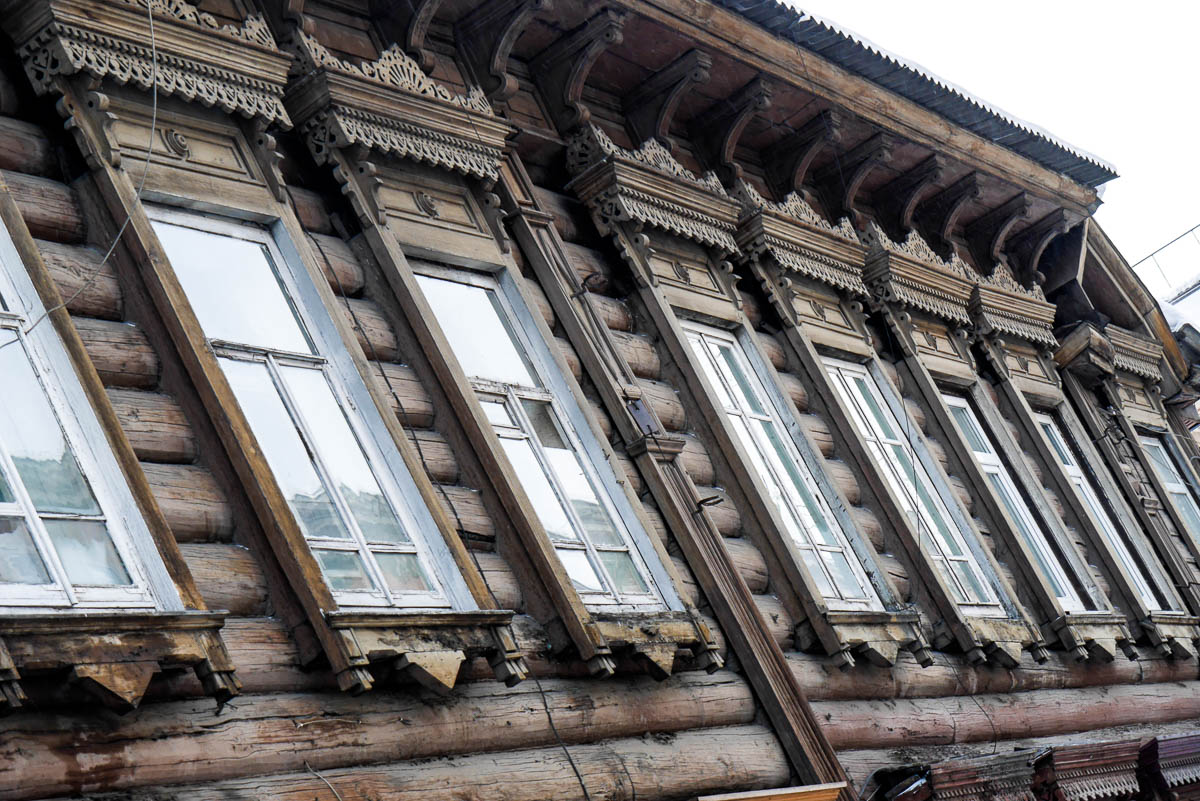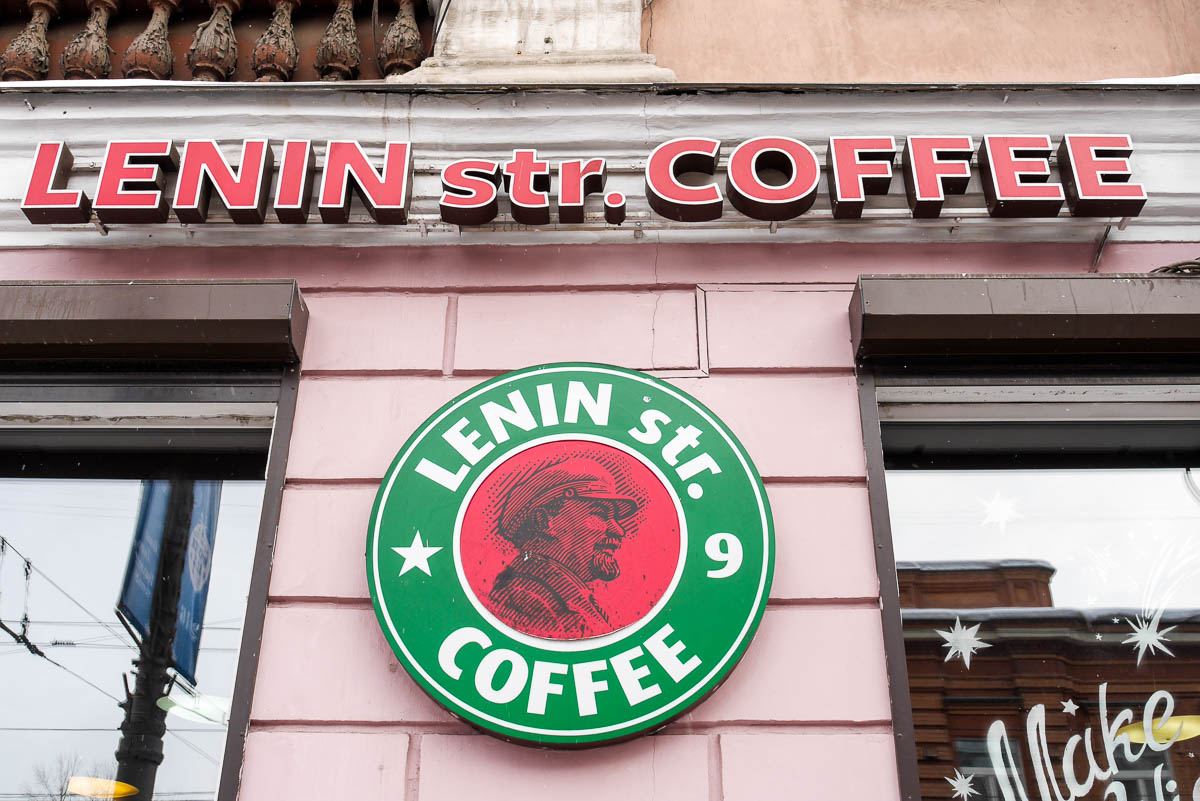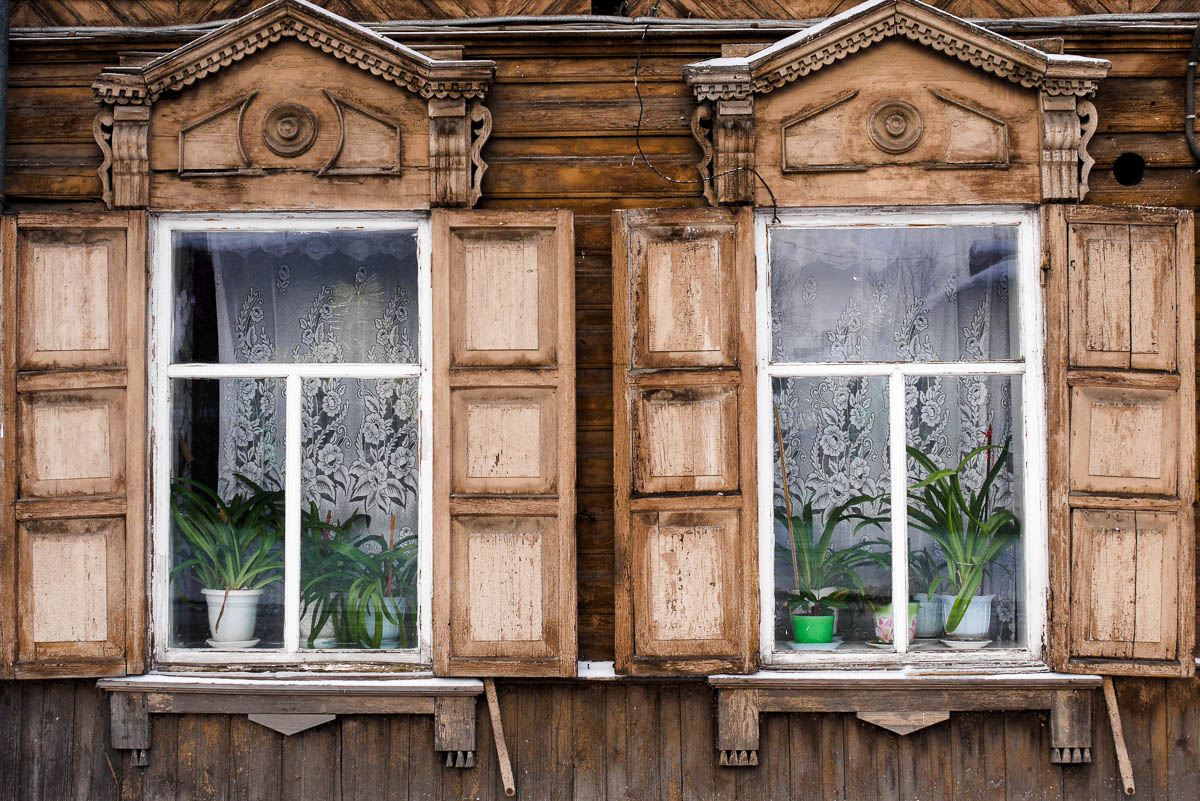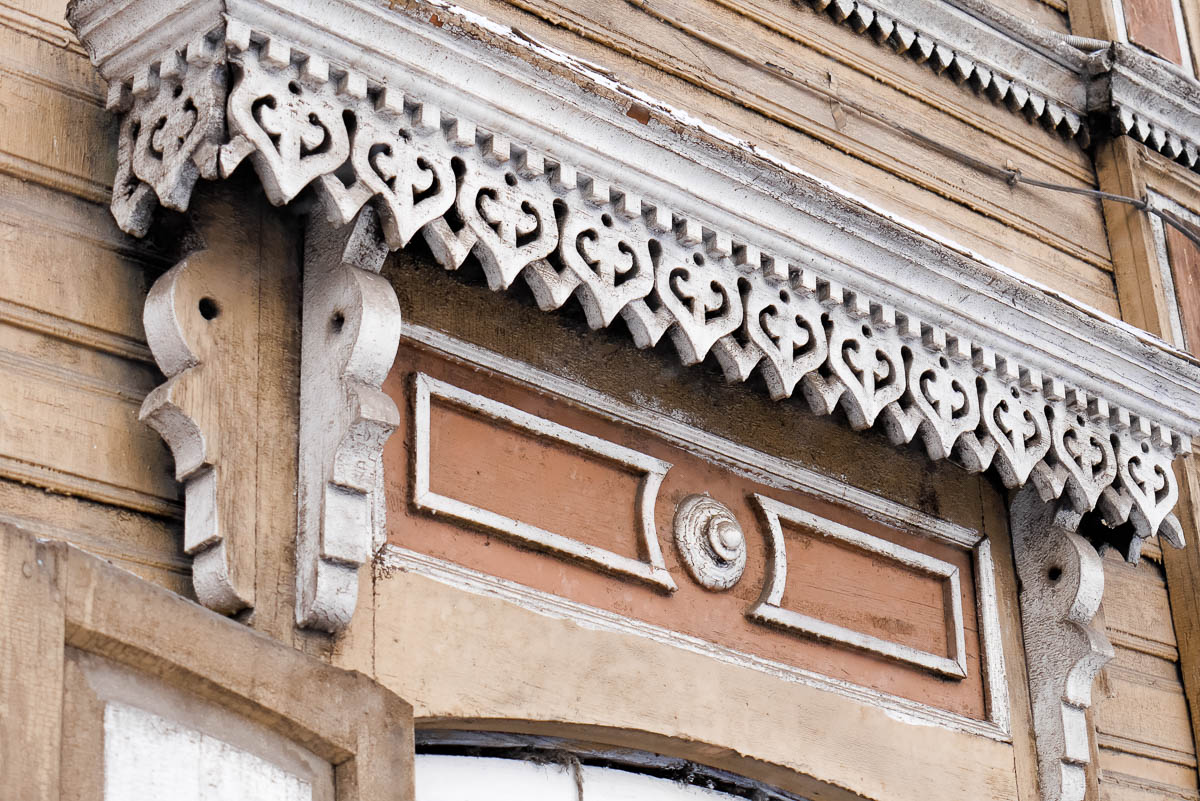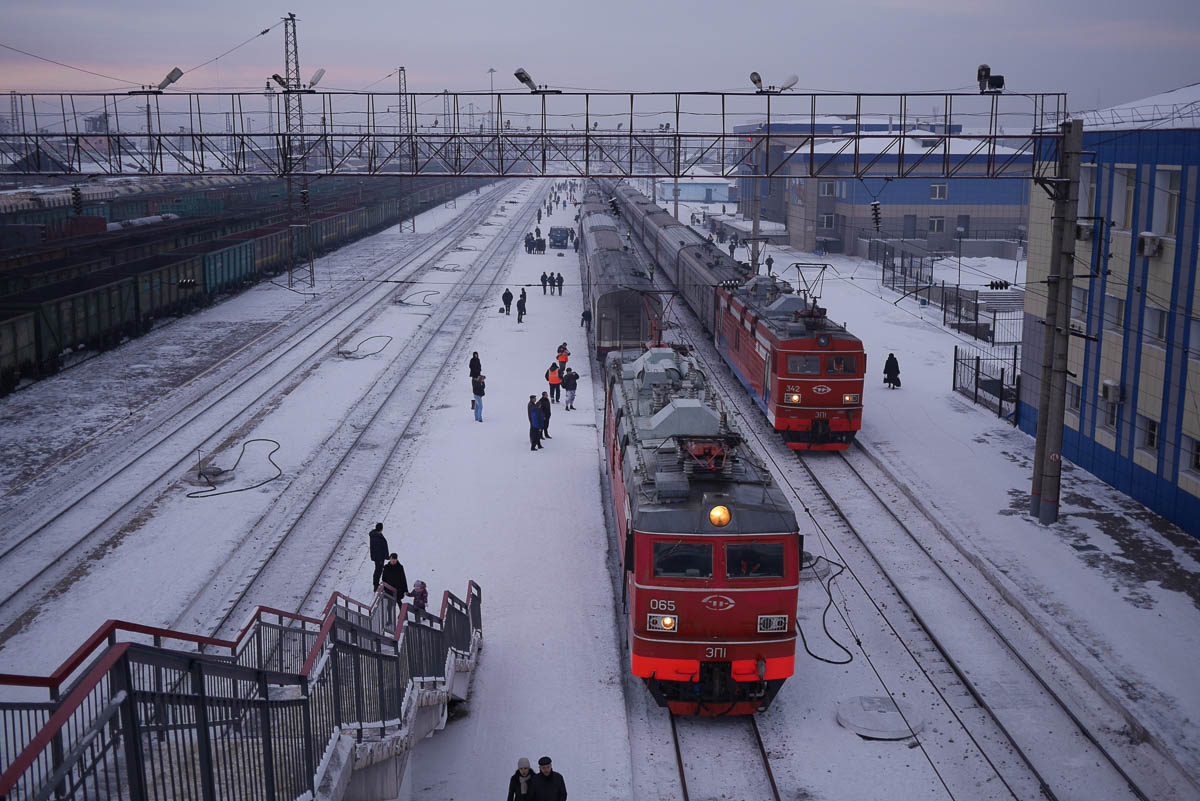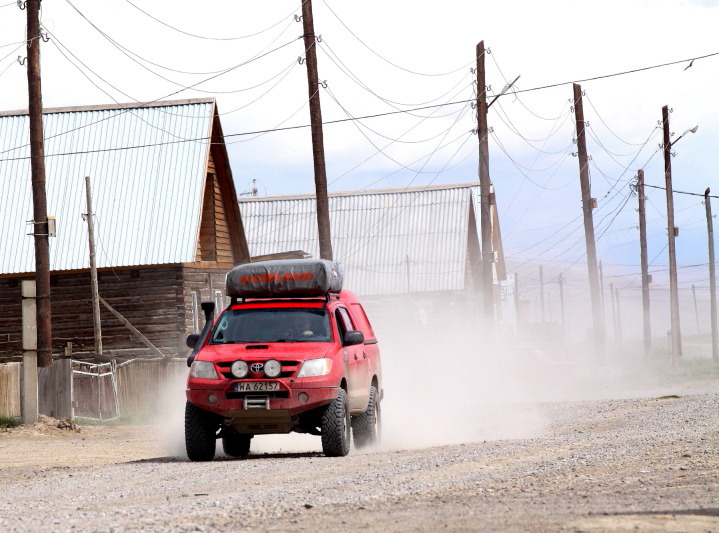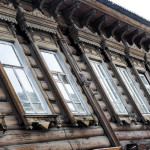Irkutsk – enchantment
Enchantment is an irrational and inexplicable feeling. It hits us unexpectedly and for no apparent reason. It takes a short moment, a few minutes – to be charmed.
I was enchanted by Irkutsk.
Do not ask me why. I know that in the central square a statue of Lenin stands and on stalls – as everywhere in Russia – you can buy T-shirts with a Putin’s portait. It is true that the dam on Angara had raised water level throughout the entire Baikal by one meter and it was an ecological crime. I know that this is a place of deportation of thousands of Poles participating in the January Uprising in 1863, for whom Siberia became the second home and many of them contributed to its recognition and description. This is a topic for a separate and very long text. Yes! I know all of this.
Irkutsk with over a million inhabitants is the largest city of Siberia and its unofficial capital. For me, however, this is a town of beautifully decorated one-floor houses built in the second half of the 19th century. Walking through the streets, one has no choice but to admire the elaborately decorated eaves of the roofs and the unique decorations of the shutters and the porches.
When we think about a town from the Russian – Siberian fairytale, we imagine exactly this kind of houses.
It is true that many of them go to rack and ruin. Some of them unfortunately had burned down in not always accidental fires (I am comparing it to the burning Swidermajer buildings). However, most of these houses in Irkutsk are still inhabited, people take care of them and the view of flowers in frosted windows is fascinating.
Many of the old houses are renovated and they gain a new life. Now they become the perfect location for trendy cafes, small butique hotels and fashionable shops. Of course, Irkutsk is not all about of old cottages. Here you can find here also historic tenements and palaces of former rich merchants and tsarist officials.
Irkutsk – like all the Russia – is a huge mix of everything.
Poverty and wealth, schlock and exclusiveness, Soviet past and capitalistic present. Near the center, on a large bazaar similar to no-longer-existing 10th-Anniversary Stadium in Warsaw, Russian, Tajuks, Buryats, Chinese and Mongols trade in various goods. Did I miss someone? Probably! The blend of everything with everything is perfectly reflected in the “Shanghai City” neon sign posted on the shopping center building.
You want to eat Russian blini (pancakes) with cream for breakfast? To try Mongolian specialties for dinner? To drink Chinese green tea? And all of this in the company of real people? Within a radius of several hundred meters from the bazaar you can find it all. These places are not the exclusive restaurants of Paris or Moscow. They are simple barges where local traders and residents use to eat.
As they say, whatever floats your boat. I love to go in the places where there is no tourists and where one can find everyday life of the visited place.

